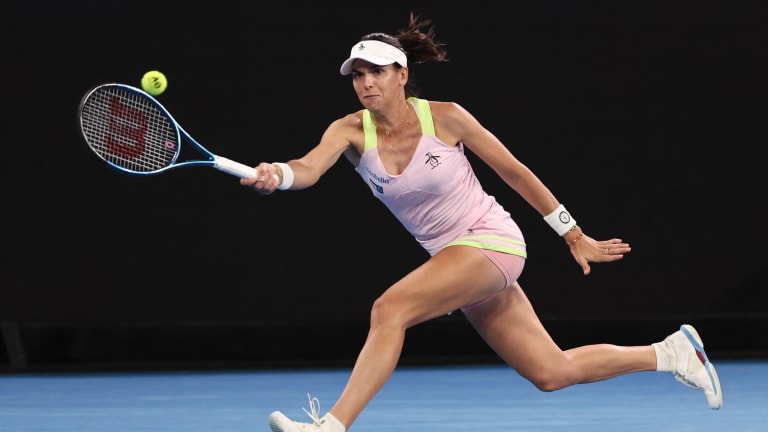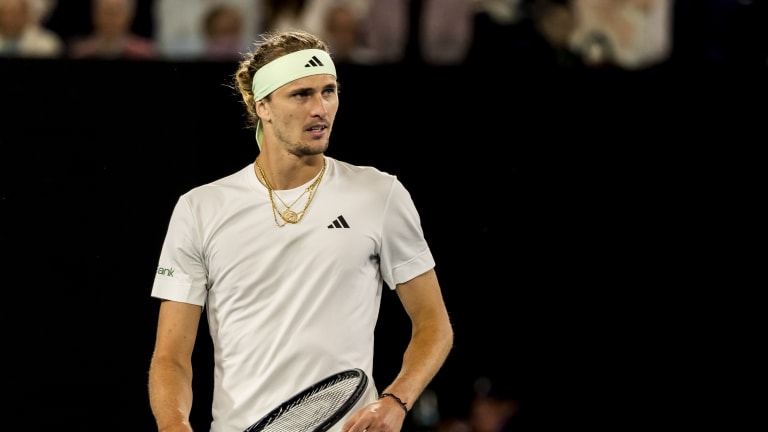How the specter of FOMO—the fear of missing out—looms large for professional tennis players
By Feb 23, 2024Tennis.com Interview
Dominic Thiem prepares to retire, and has three post-tennis wishes: “I knew that if my body lets me, I’m going to finish in Vienna”
By Oct 21, 2024Laver Cup
Stefanos Tsitsipas dominates Thansai Kokkinakis at Laver Cup in US Open rematch
By Sep 20, 2024Laver Cup
Laver Cup, Day 1 Preview: Alcaraz-Zverev vs. Fritz-Shelton to follow three singles matches
By Sep 19, 2024Laver Cup
Laver Cup Berlin 2024: Meet the new-look Team World squad looking for a three-peat
By Sep 17, 2024Davis Cup
Canada, Germany, Australia move to 2-0 at Davis Cup Finals with latest group-stage wins
By Sep 12, 2024Laver Cup
Laver Cup Berlin 2024: Alex de Minaur, Tommy Paul withdraw from Team World
By Sep 12, 2024Betting Central
Pick of the Day: Thanasi Kokkinakis vs. Stefanos Tsitsipas, US Open
By Aug 25, 2024Betting Central
Game, Set, Bet: Why you should back Sebastian Korda and Frances Tiafoe together in D.C.
By Aug 01, 2024ATP Houston, USA
American Aleksandar Kovacevic edges Thanasi Kokkinakis in over three hours to win Houston opener
By Apr 03, 2024How the specter of FOMO—the fear of missing out—looms large for professional tennis players
Understanding the pervasive role FOMO plays in tennis helps make sense of some baffling aspects of the game, from scheduling to other priorities.
Published Feb 23, 2024
Advertising

FOMO can rear its ugly head for a player like Ajla Tomljanovic, who missed nearly all of 2023 with injury.
© AFP or licensors
Advertising
Advertising

At the Australian Open, Zverev commented on the grueling 11-month schedule.
© Icon Sportswire via Getty Images